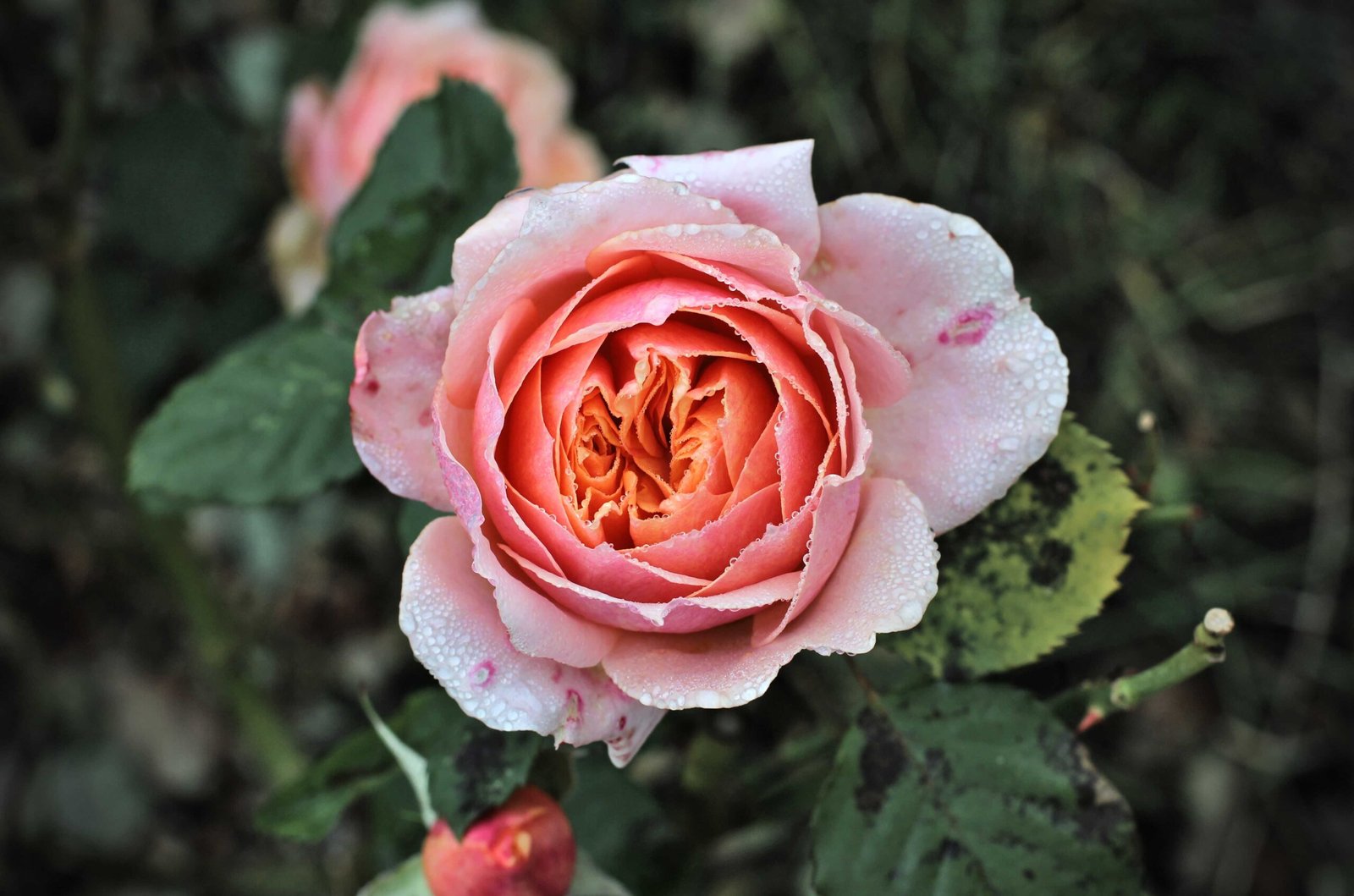What Causes a Drooping Rose Bush?

A drooping rose bush can be caused by a variety of factors, including poor soil conditions, improper watering, pests, or diseases. To restore the health and vigor of your rose bush, you’ll need to address these underlying issues.
How to Improve Soil Conditions for a Drooping Rose Bush

Adjust the Soil pH
Roses prefer a slightly acidic to neutral soil pH, typically between 6.0 and 6.5. If the soil is too alkaline, you can lower the pH by adding sulfur or aluminum sulfate. Conversely, if the soil is too acidic, you can raise the pH by adding lime.
Ensure Proper Nutrient Balance
Roses require a balance of essential nutrients, including nitrogen (N), phosphorus (P), and potassium (K). Supplement the soil with a balanced fertilizer or organic amendments like compost, manure, or bone meal to provide the necessary nutrients.
Improve Soil Drainage and Moisture Retention
Roses thrive in well-draining, loamy soil that retains moisture but doesn’t become waterlogged. Add organic matter, such as compost or peat moss, to improve soil structure and water-holding capacity.
How to Prune a Drooping Rose Bush
Timing
Prune your rose bush in late winter or early spring, before new growth begins. This will encourage the plant to focus its energy on producing healthy, upright canes.
Specific Pruning Techniques
- Remove any dead, diseased, or damaged canes by cutting them back to healthy tissue.
- Reduce the height of tall canes by about one-third to one-half to promote bushier growth.
- Thin out crowded or crossing canes to improve air circulation and sunlight penetration.
- Prune hybrid tea and grandiflora roses more severely, cutting them back to 12-18 inches from the ground.
- Prune floribunda and shrub roses less severely, cutting them back to 24-36 inches from the ground.
How to Water a Drooping Rose Bush
Frequency and Volume
Water your rose bush deeply, about 1 inch per week, either from rainfall or irrigation. Adjust the watering schedule based on weather conditions, increasing frequency during hot and dry periods.
Watering Methods
Use a drip irrigation system or soak the soil thoroughly, ensuring the water reaches a depth of 12-18 inches. Avoid frequent, shallow watering, which can lead to shallow root growth.
How to Manage Pests and Diseases on a Drooping Rose Bush
Identify the Problem
Inspect your rose bush regularly for signs of pests, such as aphids, whiteflies, or spider mites, as well as diseases like black spot, powdery mildew, or rust.
Treatment Options
For pests, use insecticidal soap or neem oil for mild infestations, or consider systemic insecticides for more severe problems. For diseases, apply fungicides specifically labeled for rose diseases and practice good sanitation by removing infected leaves or canes.
Preventative Measures
Maintain good air circulation around the plants, mulch the soil to retain moisture and suppress weeds, and regularly remove any damaged or diseased plant material to prevent the spread of problems.
By addressing the soil conditions, pruning techniques, watering practices, and pest and disease management, you can revive a drooping rose bush and restore its health and vigor.
